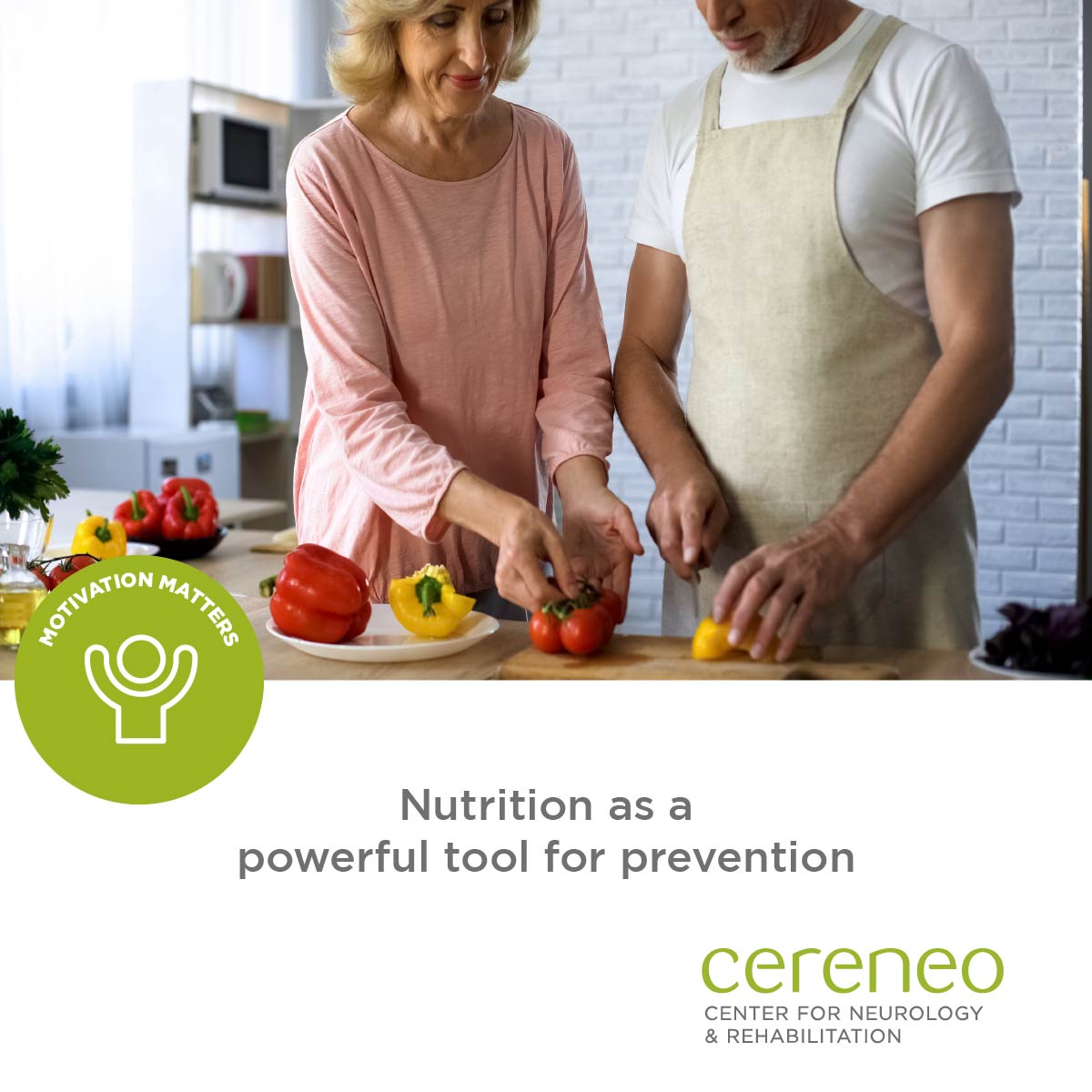At cereneo we focus on the rehabilitation of neurological diseases or disorders. Stroke is worldwide the number 1 reason for a permanent impairment affecting neurological functions. We want to create awareness around the influence on his or her personal stroke risk.
The stroke risk increases with age, but everybody can be affected by a stroke, which is clearly driven by the individual lifestyle. Women have statistically a higher risk of suffering a stroke than men, which is mainly due to the fact that women have a higher life expectancy.
What are the main risk factors for a stroke?
- high blood pressure,
- cigarette smoking or second-hand smoke exposure,
- high cholesterol,
- diabetes as well as a high-fat and high-salt diet,
- undetected heart rhythm disturbances,
- heavy alcohol consumption,
- lack of exercise.
There is a lot that can be done to prevent a stroke and it is recommended that every person above 50 should undergo a stroke risk assessment as part of a regular health screening.
If you have a potential stroke risk, take it step by step to reduce your risk factors. Trying to change everything at once is an almost unmanageable challenge, can lead to frustration and is not often demotivating, ending up in not changing anything at all.
It’s much better to take it one after the other – a good start is changing your eating habits. There is so much tasty and healthy food around! Changing your diet doesn’t mean being hungry with cravings all the time. This is often the result of excluding certain nutrients completely, such as carbohydrates. It’s better to substitute “bad” carbohydrates with high sugary content such as chocolate, cakes, cookies and refined carbohydrates, such as white rice, white pasta, white bread and croissants with good ones – meaning high fibre carbohydrates like wholegrain products, seeds, nuts, pulses, vegetables and fruits. This helps to feel full for longer, has a positive effect on digestion and ensures a stable energy level.
Ideally you should eat 30 different vegetables and fruits a week. That sounds a lot… also for a fruit and veggie freak, so why not start with 10 in the first week and after 4 weeks you might arrive to 25, which is a great success!
Take your time… and don’t expect magical weight losses à la Hollywood – which is by the way not very long lasting.
For a change in diet that leads to a change in eating habits in the long run, you should give yourself 4-6 months. Sometimes it helps to seek professional advice on nutrition from a qualified nutritionist to get started. At cereneo we offer a medical check-up to assess the stroke risk, which also includes a nutritional analysis.
And last but not least, if you have a craving, once in a while you can treat yourself to something. What I sometimes do, when I am craving for something sweet… I put on my sneakers and go for walk.
This article was written by Katrin Haberzettl, Marketing Specialist in collaboration with Henriette Saevil, Clinical Nutritionist at cereneo both passionate about nutrition and creating awareness for prevention.










